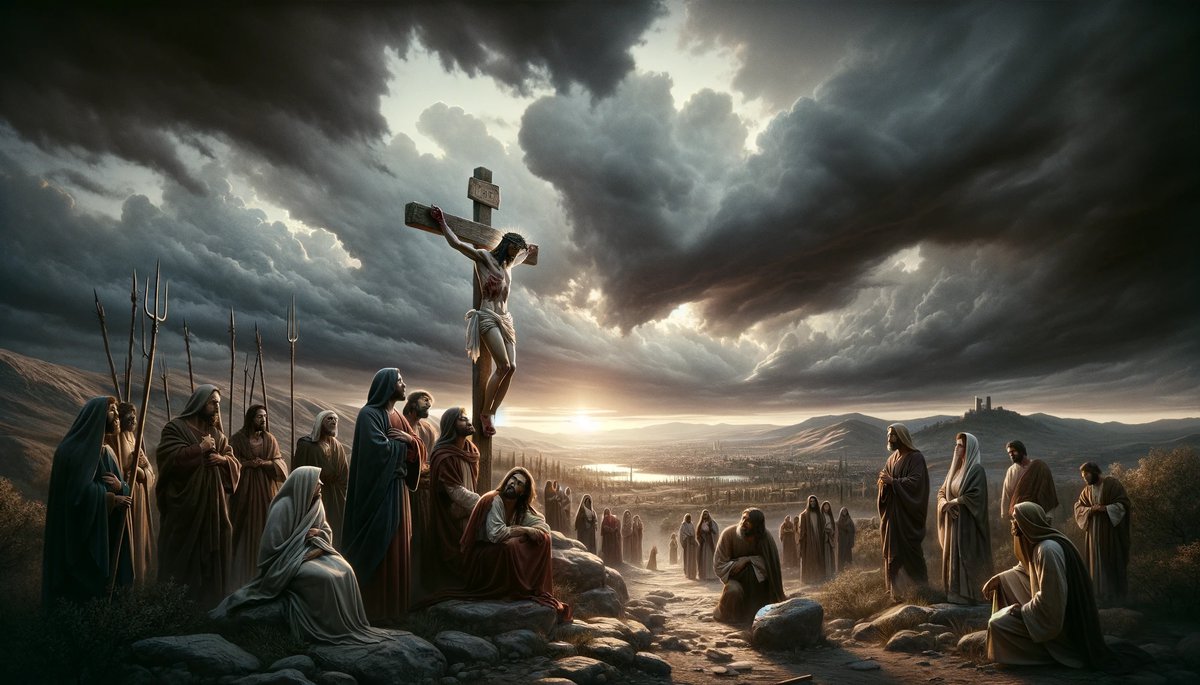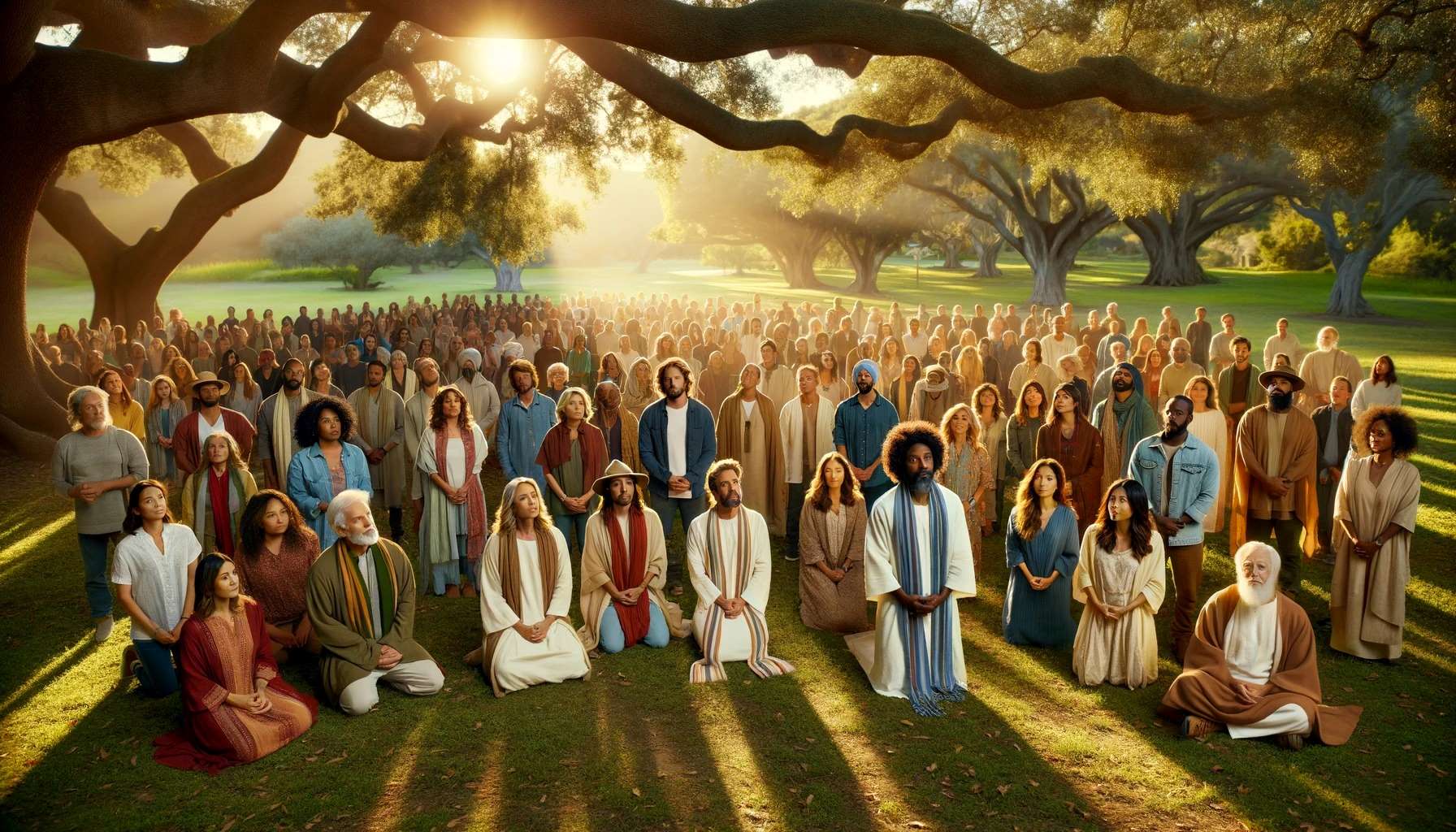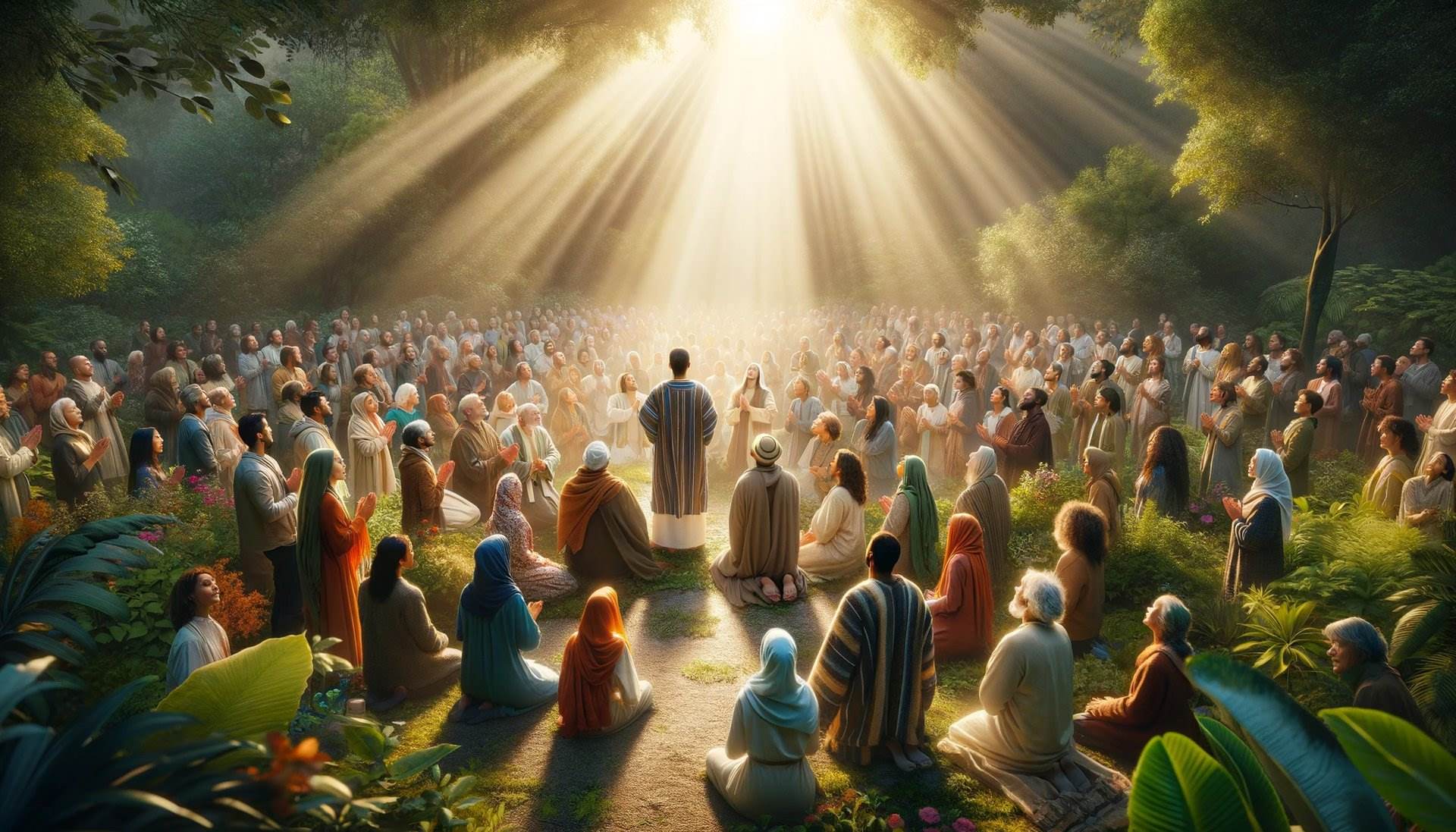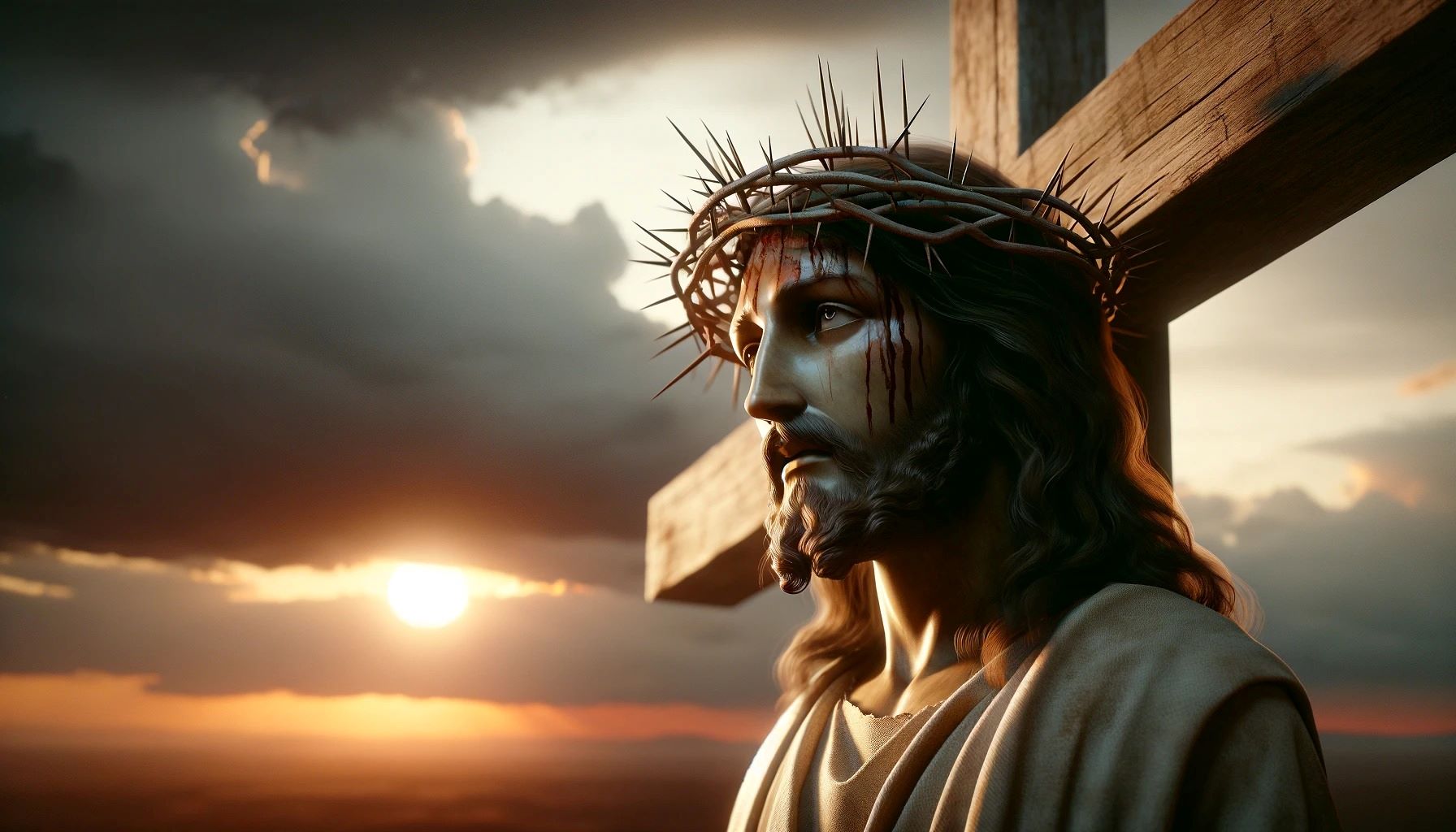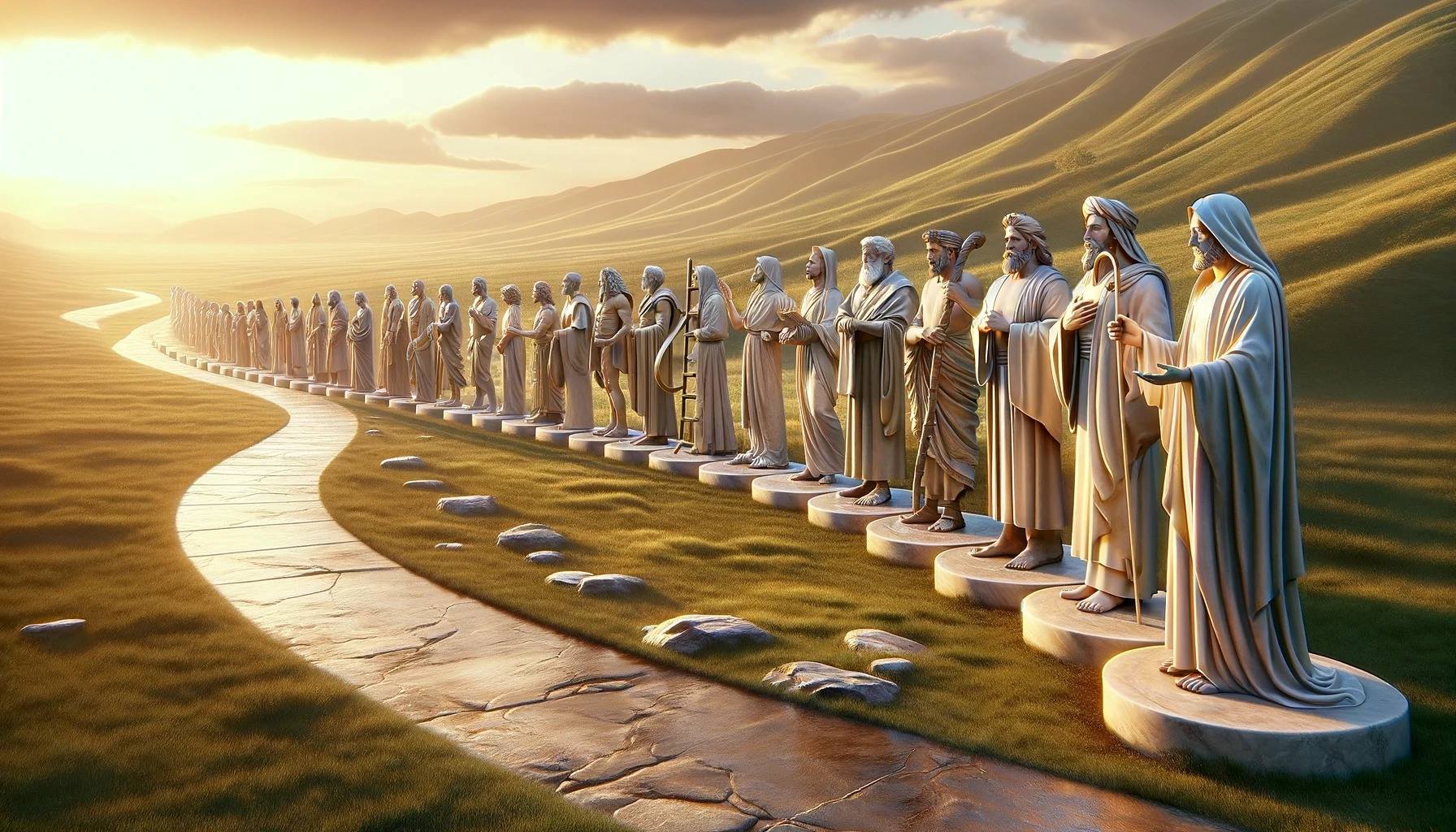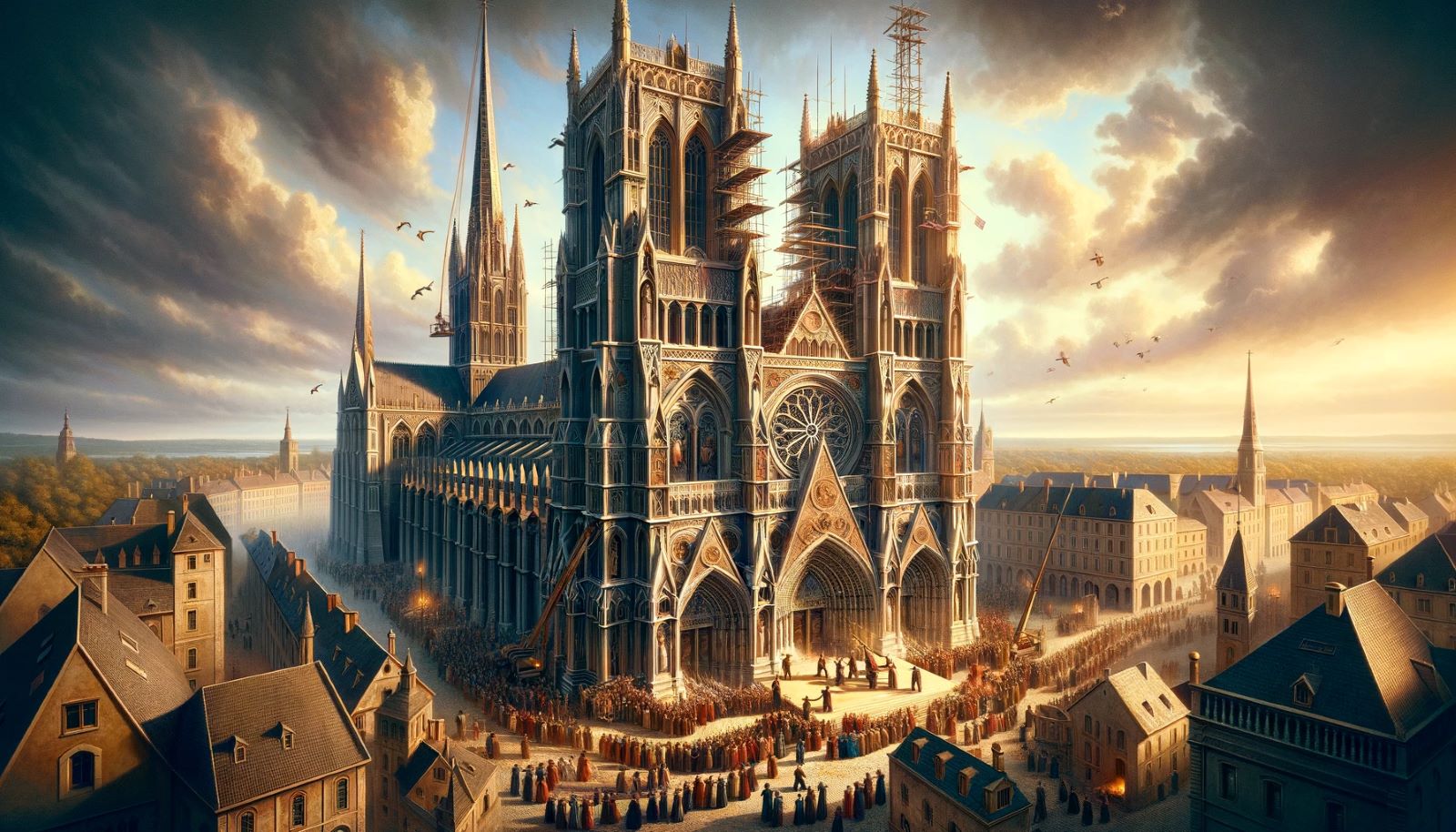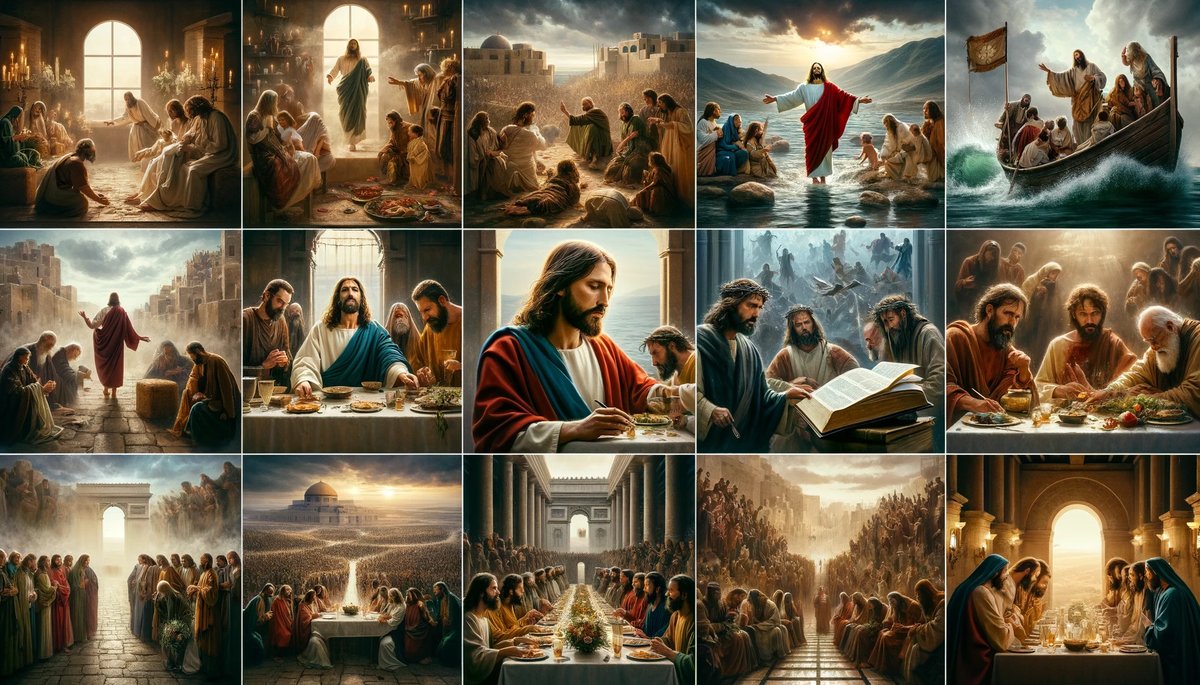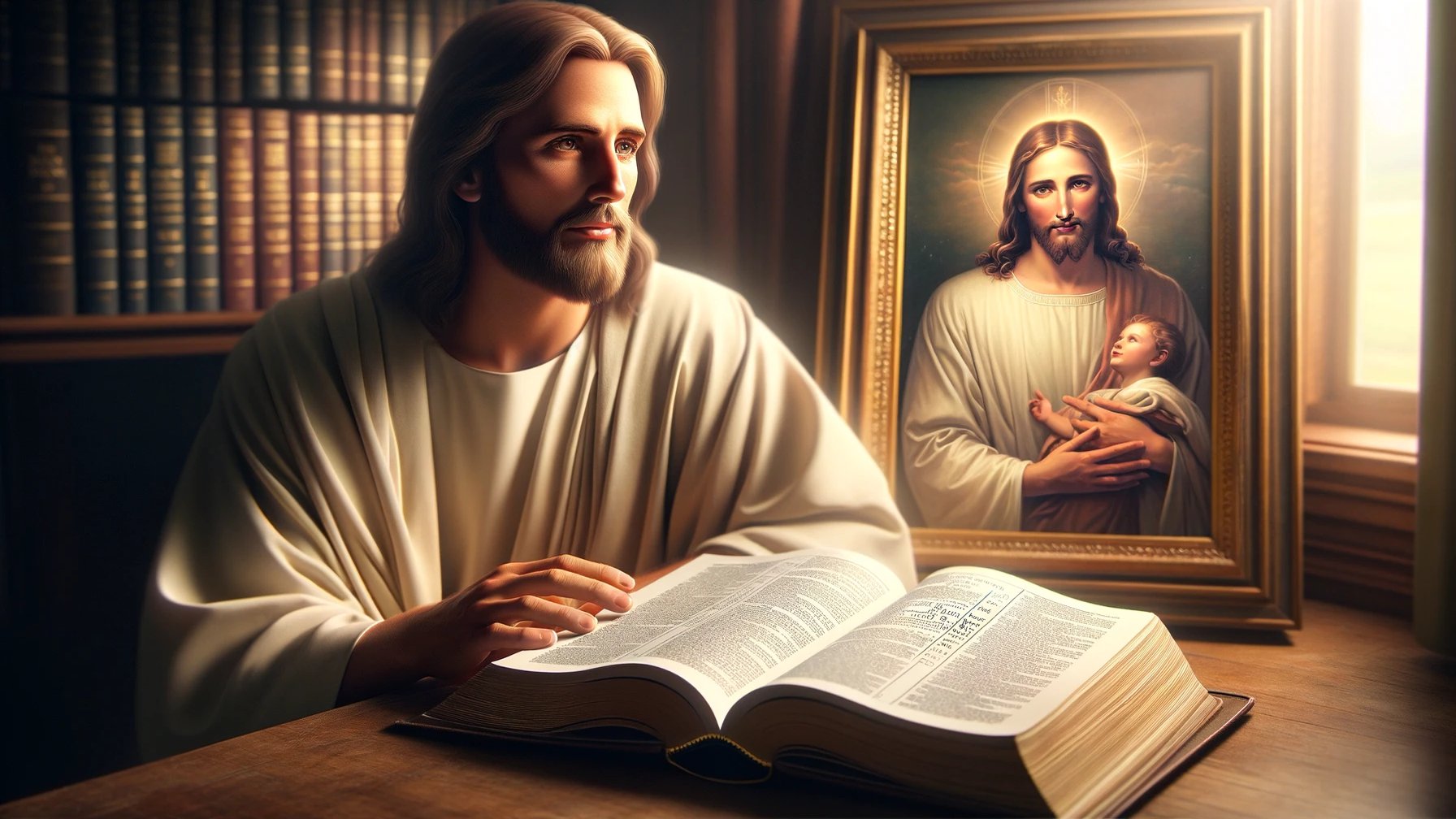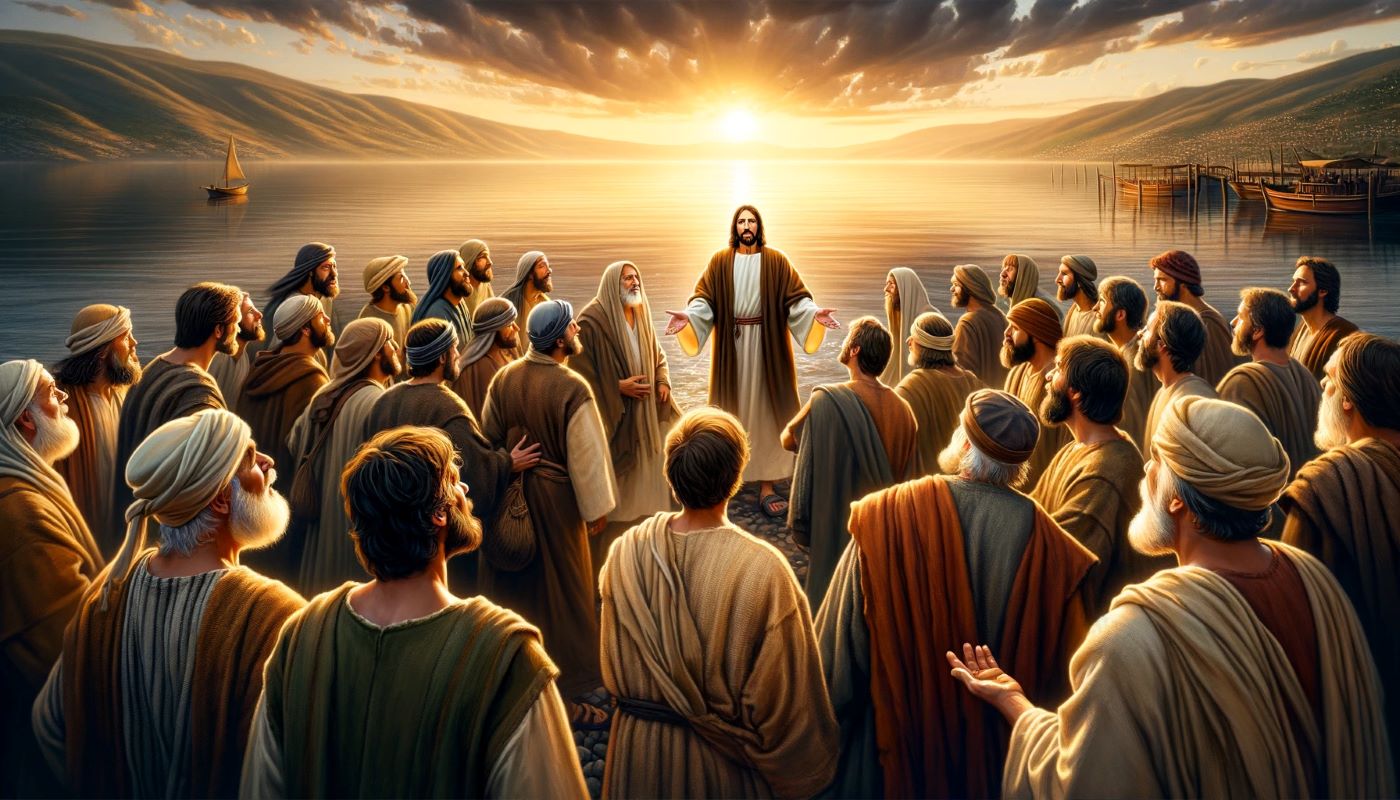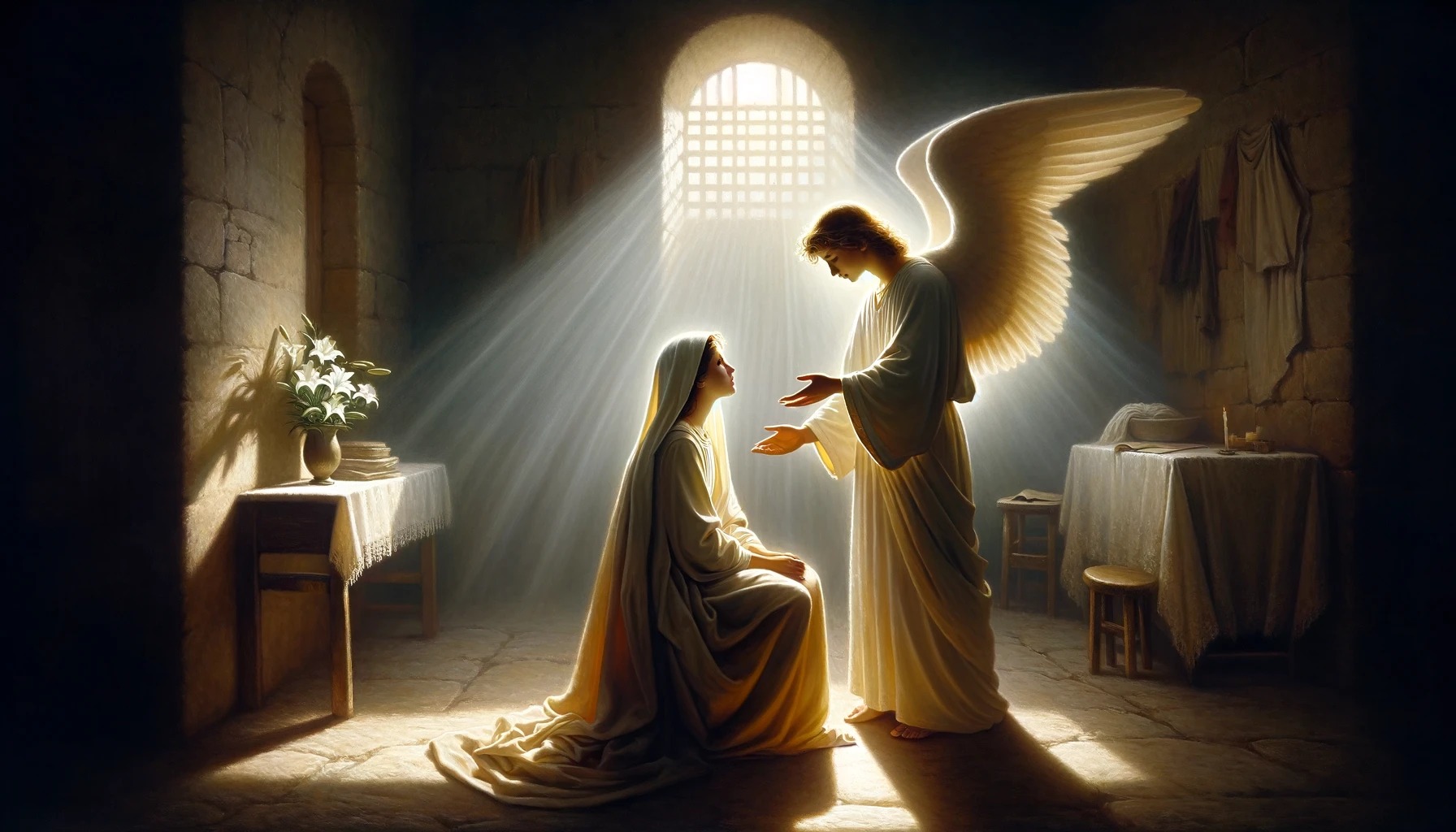Home>Christian Videos>Bible Stories>How Many Years From Adam To Jesus Christ
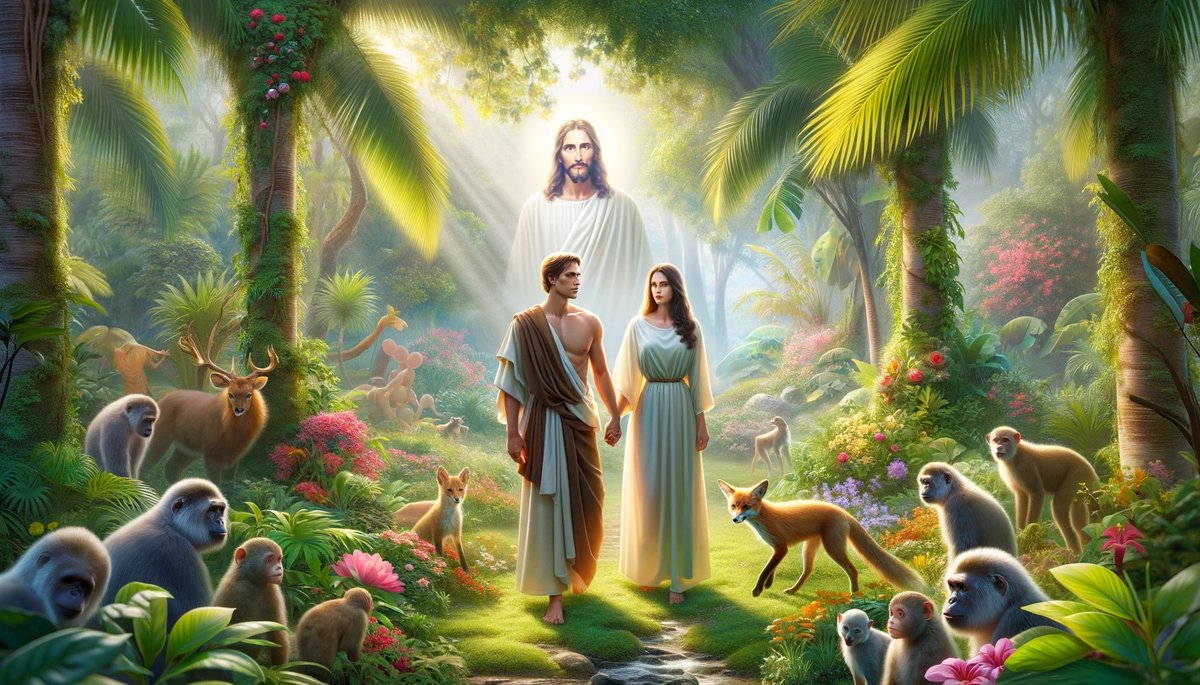

Bible Stories
How Many Years From Adam To Jesus Christ
Published: March 3, 2024
Jason DeRose, Managing Editor at Christian.net, uses his expertise in religion and journalism to deepen understanding of faith's societal impacts. His editorial leadership, coupled with a strong academic background, enriches the platform’s diverse content, earning him recognition in both journalism and religious circles.
Discover the timeline from Adam to Jesus Christ in the Bible. Explore the fascinating stories and historical events in the scriptures. Uncover the significant years and events in the lineage of Jesus.
(Many of the links in this article redirect to a specific reviewed product. Your purchase of these products through affiliate links helps to generate commission for Christian.net, at no extra cost. Learn more)
Table of Contents
Introduction
How many years passed from the time of Adam to the birth of Jesus Christ? This question has intrigued scholars, theologians, and believers for centuries. The genealogy of Jesus Christ, as recorded in the Bible, provides a fascinating insight into the timeline from the first man, Adam, to the arrival of the Messiah. Understanding the significance of this timeline can deepen our appreciation for the historical and spiritual context of Jesus' earthly ministry. Let's delve into the biblical narrative to unravel the years that elapsed between Adam and Jesus Christ.
Read more: How Many Years Did Jesus Christ Live
The Genealogy of Jesus Christ
The genealogy of Jesus Christ is meticulously documented in the Gospels of Matthew and Luke in the New Testament. Both accounts trace the lineage of Jesus from different perspectives, yet they converge at key points. Matthew's Gospel presents the genealogy from Abraham to Jesus, highlighting the royal lineage of Jesus as the rightful heir to the throne of David. On the other hand, Luke's Gospel traces the genealogy in reverse, from Jesus all the way back to Adam, portraying Jesus as the Son of Man, the Savior of all humanity. These genealogies serve to establish Jesus' credentials as the long-awaited Messiah, fulfilling the prophecies and promises of the Old Testament.
The genealogy of Jesus Christ is not merely a list of names; it is a testament to God's faithfulness throughout generations. It includes both the prominent figures of faith and the flawed individuals, demonstrating God's ability to work through imperfect human vessels to accomplish His divine purposes. The genealogy also encompasses various cultural and historical contexts, reflecting the diverse tapestry of humanity through which God's redemptive plan unfolded. Ultimately, the genealogy of Jesus Christ serves as a powerful reminder of God's sovereignty over time and history, culminating in the incarnation of His Son, Jesus Christ, for the salvation of mankind.
The Biblical Timeline from Adam to Jesus
-
From Adam to Noah: The book of Genesis provides a detailed account of the genealogies and lifespans from Adam to Noah. According to the biblical narrative, Adam, the first man, lived for 930 years, and his descendants continued the lineage. The lifespan of individuals gradually decreased, with Noah, the righteous man chosen by God to survive the great flood, being born in the 10th generation from Adam.
-
From Noah to Abraham: Following the global deluge, the descendants of Noah repopulated the earth. The genealogical records in Genesis trace the lineage from Noah to Abraham, who is revered as the father of the nation of Israel. This period marked significant events such as the Tower of Babel and the dispersion of humanity into different language groups and territories.
-
From Abraham to David: The timeline from Abraham to King David encompasses pivotal figures such as Isaac, Jacob, and the twelve patriarchs of Israel. It culminates in the reign of King David, whose dynasty would be the ancestral line of the promised Messiah, Jesus Christ. The establishment of the Davidic monarchy held profound implications for the future fulfillment of messianic prophecies.
-
From David to the Babylonian Exile: The era from King David to the Babylonian exile witnessed the reigns of various kings and the spiritual dynamics of the nation of Israel. The faithfulness of God and the recurring cycle of obedience, disobedience, and restoration are evident themes during this period. The prophetic voices of the Old Testament emerged, proclaiming messages of hope and restoration amidst the challenges faced by the people of God.
-
From the Exile to the Birth of Jesus: The post-exilic period saw the return of the Israelites from Babylonian captivity and the restoration of Jerusalem. It set the stage for the intertestamental period, marked by historical transitions and the anticipation of the coming Messiah. The fulfillment of the Messianic prophecies found its ultimate expression in the birth of Jesus Christ, the Son of God, in the humble town of Bethlehem.
The biblical timeline from Adam to Jesus Christ spans generations, kingdoms, and divine interventions, ultimately leading to the culmination of God's redemptive plan in the person of Jesus. This historical continuum serves as a testament to the faithfulness of God and the unfolding of His purposes through the annals of time.
The Importance of the Time Between Adam and Jesus
The time between Adam and Jesus holds profound significance in the overarching narrative of redemption and God's unfolding plan for humanity. This temporal expanse encapsulates pivotal events, covenants, and prophetic utterances that laid the groundwork for the ultimate manifestation of God's grace in the person of Jesus Christ.
-
Foundation of Promise: The period from Adam to Jesus established the foundation of promise and expectation regarding the coming Messiah. The protoevangelium in Genesis 3:15, often referred to as the first gospel, foreshadowed the eventual victory of the seed of the woman over the forces of evil. This promise set in motion a trajectory of anticipation and hope throughout the generations, culminating in the advent of Jesus as the fulfillment of this ancient prophecy.
-
Covenantal Progression: The timeline from Adam to Jesus witnessed the progression of divine covenants that delineated God's relationship with humanity. From the Adamic covenant to the Abrahamic, Mosaic, and Davidic covenants, each successive agreement unfolded new dimensions of God's redemptive plan. These covenants not only shaped the identity of the people of Israel but also paved the way for the universal scope of salvation through Jesus Christ, who would establish the new covenant in His blood.
-
Preparation and Prophecy: The intertestamental period, characterized by the prophetic silence between the Old and New Testaments, underscored the anticipation and preparation for the arrival of the long-awaited Messiah. The prophetic utterances of Isaiah, Micah, and other seers of old resonated with promises of a coming deliverer who would bring salvation, restoration, and reconciliation. The time between Adam and Jesus served as a gestational epoch, nurturing the collective longing for the dawn of redemption.
-
Historical and Cultural Context: The historical and cultural milieu between Adam and Jesus provided the backdrop for the incarnation of the Son of God. The rise and fall of empires, the dissemination of languages, and the convergence of diverse civilizations all contributed to the fulcrum of human history when Jesus entered the world. The convergence of these multifaceted elements underscored the divine orchestration of time for the revelation of God's Son.
-
Redemptive Culmination: Ultimately, the time between Adam and Jesus culminated in the redemptive apex of human history. The birth, life, death, and resurrection of Jesus Christ epitomized the consummation of God's salvific plan, reconciling humanity to Himself and inaugurating the age of grace and truth. The significance of this temporal continuum reverberates through the corridors of eternity, encapsulating the depth of God's love and the magnitude of His redemptive purpose.
In essence, the time between Adam and Jesus serves as a tapestry of divine providence, woven with the threads of promise, covenant, prophecy, and historical unfolding. It stands as a testament to the faithfulness of God and the precision of His timing in bringing forth the Savior of the world.
Conclusion
The timeline from Adam to Jesus Christ is not merely a chronological sequence of events; it is a tapestry of divine providence, woven with the threads of promise, covenant, prophecy, and historical unfolding. From the protoevangelium in Genesis to the prophetic utterances of the Old Testament, the anticipation and preparation for the arrival of the Messiah permeated the annals of time. The genealogy of Jesus Christ, meticulously recorded in the Gospels, serves as a testament to God's faithfulness and sovereignty over the generations. The significance of the time between Adam and Jesus reverberates through the corridors of history, encapsulating the depth of God's love and the magnitude of His redemptive purpose. Ultimately, the birth of Jesus Christ marked the culmination of God's redemptive plan, reconciling humanity to Himself and inaugurating a new era of grace and truth. The temporal continuum from Adam to Jesus Christ stands as a testament to the faithfulness of God and the precision of His timing in bringing forth the Savior of the world.

